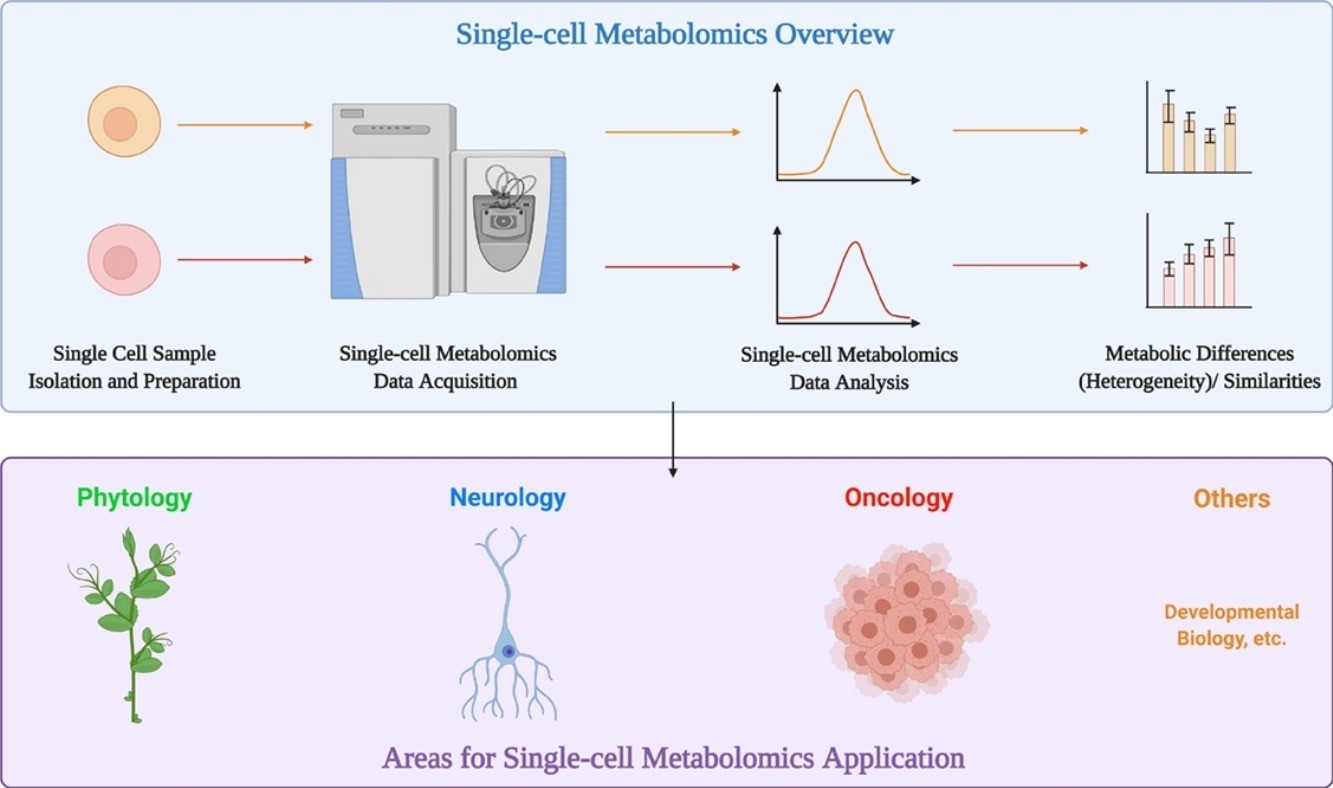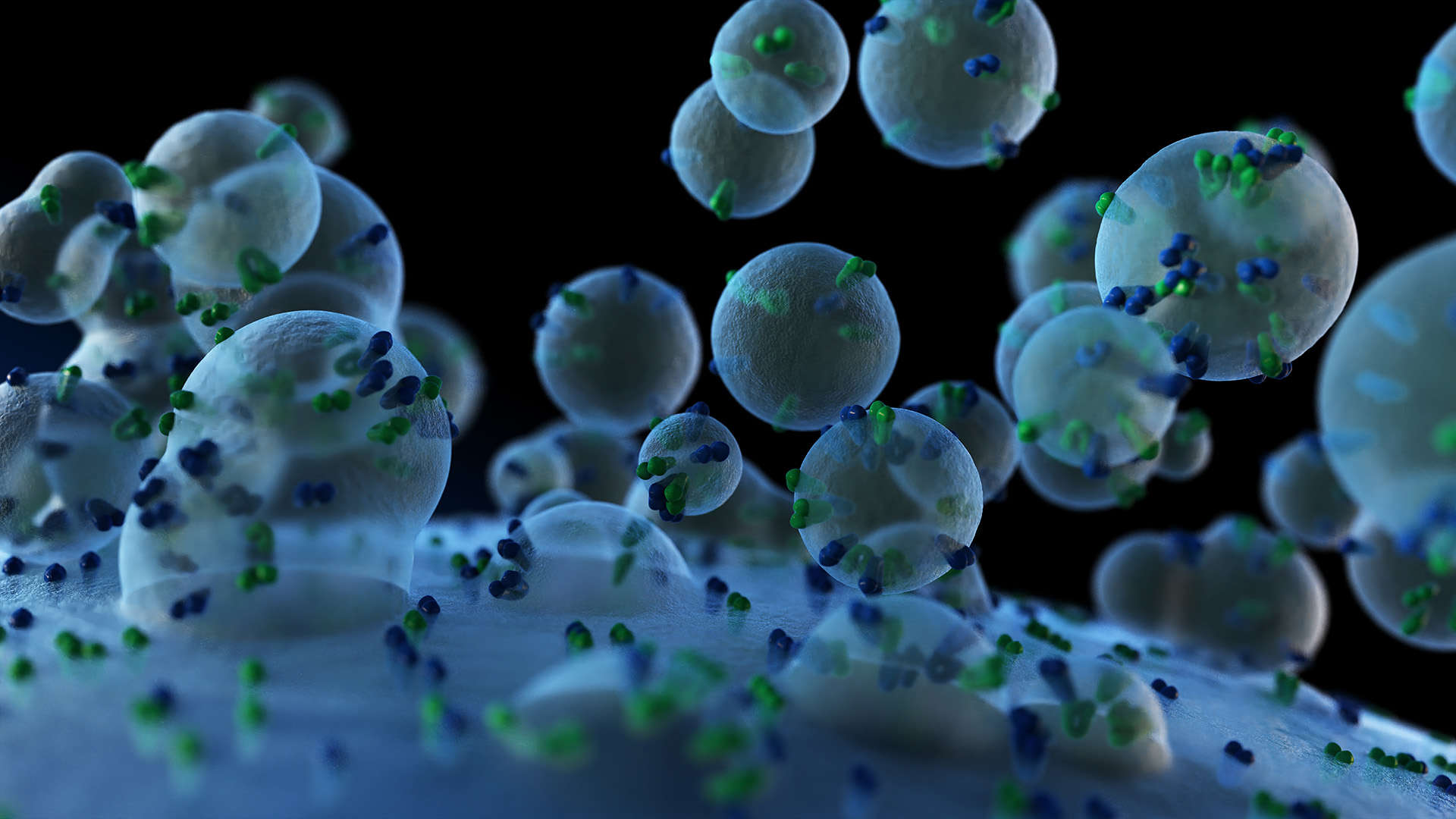Single Cell Metabolomics Analysis Services
Online InquiryThere are no two identical cells in the world, and differences exist between individual cells. This variability plays a crucial role in cell differentiation, tumor drug resistance, and other life processes. Therefore, in order to elucidate these scientific questions related to biological development and disease treatment, single-cell studies are needed.
The contents of single cells are small in volume, low in content, diverse, and have a limited analytical window. Some extremely rare metabolites require more sensitive detection methods. In addition, intracellular metabolic pathways are influenced by a combination of internal and external factors, and intracellular metabolite concentrations may change dramatically in a short period of time and are highly dynamic. Therefore, the complexity of metabolomics determines that single-cell metabolomics studies face many difficulties.
There is a need to develop highly sensitive, high information coverage, rapid, and high-throughput platforms for single-cell metabolite analysis. Achieving multi-dimensional, multi-parameter access to quantitative single-cell information through single measurements can reveal single-cell phenotypic differences to unravel the reasons behind cellular heterogeneity and contribute to the understanding of the causes of cellular biochemical activities that have an impact on health and disease.
Creative Proteomics can provide mass spectrometry and MALDI imaging mass spectrometry based single cell metabolomics services to accelerate your project.
 Applications of single-cell metabolomics (Guo et al., 2021)
Applications of single-cell metabolomics (Guo et al., 2021)
Single Cell Metabolomics Analysis Technical Methods
Single-cell sample preparation, identification of intracellular metabolites, and data analysis require sophisticated techniques and models. Since cellular metabolism responds to environmental changes, the single cell sample preparation process needs to avoid or minimize the impact on cellular metabolism as much as possible. The following two approaches are currently used: 1. Maintain cells in their natural environment as much as possible during the preparation process. Many microfluidic chips can be implemented to isolate cells and then incubate them in a suitable environment, injecting quantitative chemicals into the culture fluid and selectively releasing the cells for analysis; 2. Rapid freezing of cells prior to performing metabolite assays prevents cells from showing large changes in metabolites.
Mass spectrometry: With the advantages of no labeling, the ability to achieve simultaneous multi-component analysis, and the ability to structurally identify unknown molecules, it is gradually used for the analysis of metabolites in single cells. The main techniques for mass spectrometry analysis of single-cell metabolites include TOF-SIMS analysis, ESI-MS/MS analysis, and MALDI-TOF analysis.
SpaceM: Based on MALDI imaging mass spectrometry, combined with fluorescence signal and morphospatial features, it enables single-cell, high-throughput, in situ metabolome analysis, capable of detecting more than 100 metabolites from 1,000 cells per hour.
Reference
- Guo, S., Zhang, C., & Le, A. (2021). The limitless applications of single-cell metabolomics. Current Opinion in Biotechnology, 71, 115-122.
* For Research Use Only. Not for use in diagnostic procedures.



